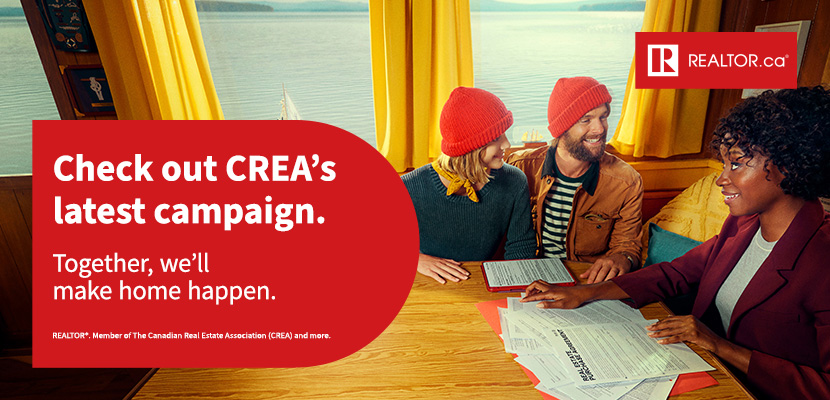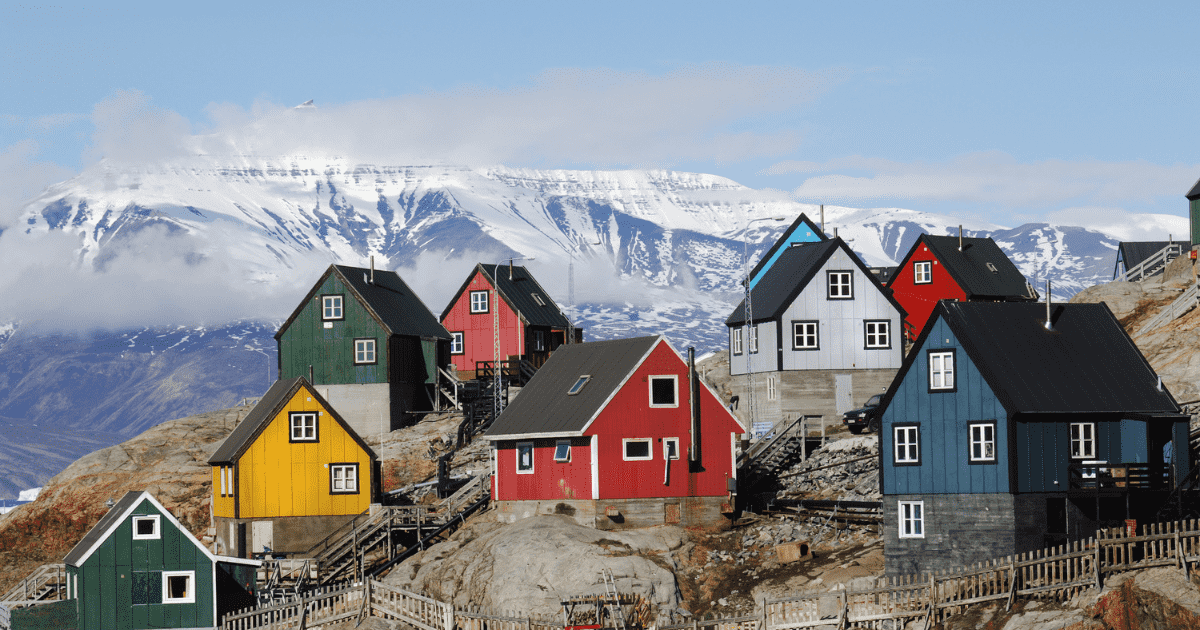When you get into real estate, you’ll find a set of well-worn phrases. Phrases that many in the industry accept without question. They can be short, sweet and often rhyme, carrying an air of “this must be true” that gets people nodding (it’s an amazing phenomenon that making something rhyme makes it more believable).
When I started in real estate, the belief was that you couldn’t build a business on social media. You had to be “belly to belly.” I had already built real friendships with people online who I hadn’t met in person yet. If I could build a real friendship online, why couldn’t I build a relationship with potential clients?
I used to start my presentations on social media marketing, showing that you could get a deal from it. Now, nobody questions it. I’d argue we’ve gone too far the other way. Some now believe you can’t build a successful business without social media. Hint: they’re wrong.
Questioning these beliefs has worked well for me in business and in life. Even for many of us who do question a lot, it’s still easy to fall into the trap without realizing it. So, let’s start taking a look at what many in real accept as the truth.
“Should we be turning a home into a house?”
I will write this as a series, which I’d be happy for others to contribute. My first draft of this hit 3,000 words, and I wasn’t through half the sayings/advice I wanted to talk about.
A recent REM article showcased a listing where an agent did not de-personalize the property. Instead, they personalized it. It made me think. Is de-personalizing the home the right approach? Everyone says it is, but is that true?
Should we be turning a home into a house to make it appealing to potential buyers? Is there data behind this? Or is it a theory someone had that took root and became popular because the reasoning seemed sound? You can make an argument for making them see the life someone else has there and want it for themselves. There’s data on the impact of home staging, but I haven’t seen any on de-personalizing.
What if you highlighted the life people lived there instead and made it aspirational — something to strive for? Show them the better life they could have — the Instagram-life version of the home.
“A blank canvas can be impersonal, sterile and void of emotional appeal. It’s like walking into a hotel room; it’s meant for everyone and no one in particular.”
The belief is that a blank canvas allows potential buyers to envision their lives in a new home. But there’s another side to that coin. A blank canvas can also be impersonal, sterile and void of emotional appeal. It’s like walking into a hotel room; it’s meant for everyone and no one in particular. Not everyone has that type of imagination.
What if, instead, we appealed to the emotional side of a home buyer?
Purchasing a home is both a rational and emotional decision. We look at the square footage, the neighbourhood and the potential for appreciation. We also imagine our children running around in the yard. We picture ourselves hosting family holidays. We start picturing where our furniture will go.
In the “Instagram era,” where everyone shares their best selves, why not extend this to listings? A home that is aspirational might allow potential buyers to connect on a much deeper level. If you get someone picturing the life they’ll have there, it makes it a lot harder for them to walk away.
You’re not selling a home but a lifestyle. A life well-lived within those walls — filled with the first days of school, graduations, marriages and holidays. It’s a way to break through the sterility of the empty or neutral home and offer something memorable.
For heritage properties, the history of the home is part of the appeal to many. You’re selling them on being the next caretaker of the historic home for this generation, to become part of its history.
Should we be removing that or emphasizing it?
Whether you’re a veteran realtor or a newbie, there’s always room to question, learn, and grow. After all, to borrow a phrase, the best way to predict the future is to create it. And who knows, maybe we can even make it rhyme.

Andrew Fogliato – The G is silent – is the owner of Real Estate Magazine and Just Sell Homes. He mostly talks about marketing but sometimes ventures into other topics in the real estate world. Sometimes he also writes bios in the 3rd person.

















Have been doing this for years and 100% agree ! I get asked by Sellers all the time if they have to take down all their memories when we list. I ask them to leave any wedding photos, and family pics that they are comfortable with. Houses need to be viewed as a place a new family can make those memories for themselves.
HI Andrew
My name is Leigh from Stage and Style by Leigh based out of Edmonton AB.
In a sense, I do agree with your commentary ” But there’s another side to that coin. A blank canvas can also be impersonal, sterile and void of emotional appeal. It’s like walking into a hotel room; it’s meant for everyone and no one in particular. Not everyone has that type of imagination.”
While taking my staging certification course, we were taught to neutralize the space, not to make it sterile and void of emotional appeal. Yes, we need to make it a “blank canvas”, but with minimalistic and muted colors. Why? Because the majority of buyers, do not want to see our “life” in a property that they are interested in buying. The buyers want to envision “their life” in the space. This is why we always suggest that de-personalizing (removing family pictures, religious figurines, etc.) are asked to be boxed up and taken to the sellers next home.
We are creating a lifestyle with our staging techniques. We study the neighborhood, the demographics in the area and create our design plan according to that.
In conclusion, there is much more to staging than just placing furniture in a home and when we are tasked with staging a home, as realtors, the ultimate goal is to do everything in our power to represent our clients best interest. Thank you!
You’re not selling a house but you ARE presenting a feeling of COMFORT.
There was an Australian agent some years back (whose name escapes me) that focused all his marketing on who the most likely buyer would be and sold the lifestyle benefits of the home to the probably buyers